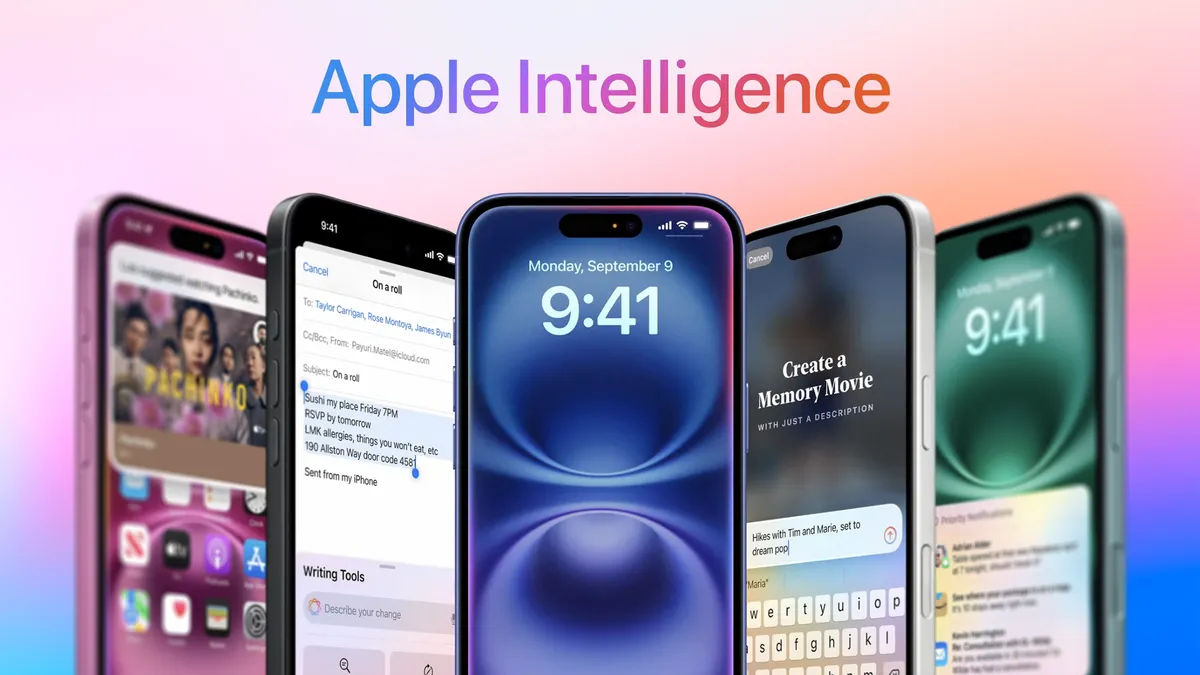Overview
Apple’s iOS 18.03 introduces Direct-to-Cell functionality via Starlink, allowing iPhones to communicate directly with satellites. This update significantly enhances mobile connectivity, particularly for users in areas without traditional cellular networks.
Direct-to-Cell: How It Works
The Direct-to-Cell feature enables text messaging via Starlink satellites, bypassing ground-based networks. While currently limited to text-only service, future updates will expand to include voice calls and data connectivity.
Key Features of iOS 18.03
- Seamless Satellite Texting available on iPhone 14 and later without additional hardware or manual configuration.
- Beta Access initially rolled out to T-Mobile (US) customers, with further expansion planned.
- No Extra Accessories Needed, unlike traditional satellite phones.
- Future Expansion toward voice and data services in collaboration with Apple, SpaceX, and T-Mobile.
Impact on Users
- Emergency Connectivity ensures reliable communication in disasters and off-grid situations.
- Global Reach benefits travelers, remote workers, and first responders.
- Industry Disruption pushes competitors to accelerate satellite communication technology.
User Feedback and Expectations
User reactions on social media indicate strong enthusiasm and anticipation. Many welcome off-grid texting while awaiting full voice and data integration.
Challenges and Limitations
- Increased Power Consumption may reduce battery life.
- Service Reliability can be affected by weather conditions, satellite positioning, and physical obstructions.
- Limited Availability, currently restricted to T-Mobile and select regions.
Final Verdict
Apple’s iOS 18.03 marks a significant step toward unrestricted global connectivity. While full integration of voice and data will take time, this update positions Apple at the forefront of satellite communication in smartphones.
Should you switch to take advantage of satellite texting? Share your thoughts below.







